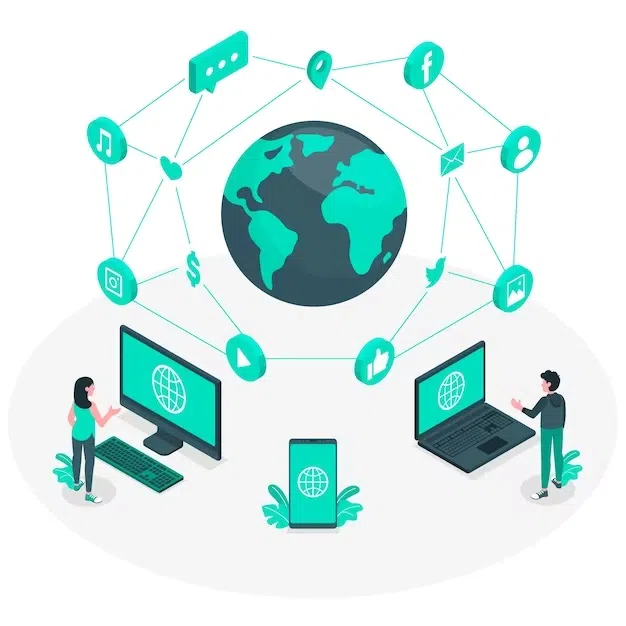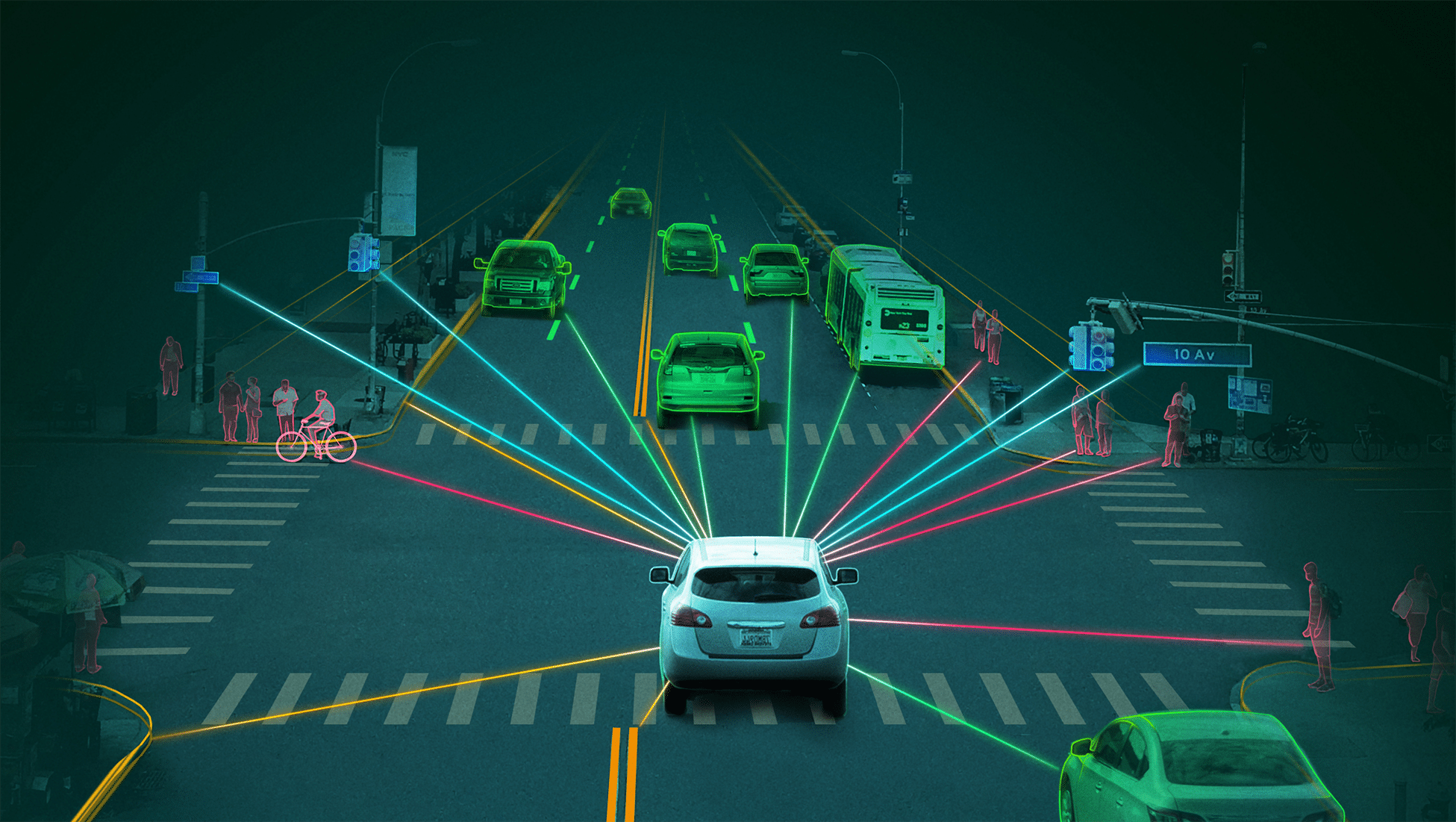Introduction
In the ever-evolving world of deep learning, where enormous neural networks are trained on massive datasets, there’s a concept that’s transforming the landscape of AI: T-learning. Transfer learning allows us to take pretrained models, developed for one task, and adapt them for entirely different tasks. It’s like taking the knowledge gained in one domain and applying it to another, and it’s reshaping the way we approach machine learning. In this blog, we’ll explore the fascinating concept of T-learning in deep learning, how it works, its benefits, and its applications across various domains.
Understanding Transfer Learning
In T-learning, we draw inspiration from the idea that we can transfer knowledge gained in one context to another. In deep learning, this involves taking a neural network pretrained on a large dataset for a specific task and reusing parts of it for a different but related task. It’s all about leveraging the knowledge acquired from the first task to improve learning and performance on the second task.
How Transfer Learning Works
- Pretraining: This task could be anything from image classification to natural language processing.
- Feature Extraction: After pretraining, the lower layers of the neural network contain feature extractors that have learned to recognize general patterns and representations in the data.
Benefits of Transfer Learning
Transfer learning offers several key advantages:
- Improved Performance: Pretrained models come with knowledge that can boost the performance of a new model on a target task. Often requiring less training data.
- Faster Training: Training a model from scratch can be time-consuming and resource-intensive. T-learning accelerates model development.
- Less Data: For tasks with limited data, T-learning can be a game-changer, as it can help overcome the data scarcity problem.
Applications of Transfer Learning
Transfer learning is widely applied in various domains:
- Computer Vision: It’s used for image classification, object detection, and facial recognition.
- Natural Language Processing: language translation, and text classification.
- Healthcare: Medical image analysis benefits from T-learning for disease detection and radiology tasks.
- Autonomous Vehicles: Transfer learning enhances object detection, road segmentation, and other critical perception tasks.
Challenges and Future Directions
While T-learning offers immense potential, challenges include domain differences, catastrophic forgetting, and determining the extent of fine-tuning. The future of T-learning will likely involve more research into domain adaptation techniques and the development of T-learning models that can handle even more diverse tasks.
T-learning is a groundbreaking concept in deep learning that’s changing the game in AI development. It enables faster model development, improved performance, and has a wide range of applications. As the field continues to advance, we can expect even more innovative approaches to leveraging knowledge across domains. Ultimately reshaping the future of artificial intelligence.
For more updates stay with boardofjobs.com


